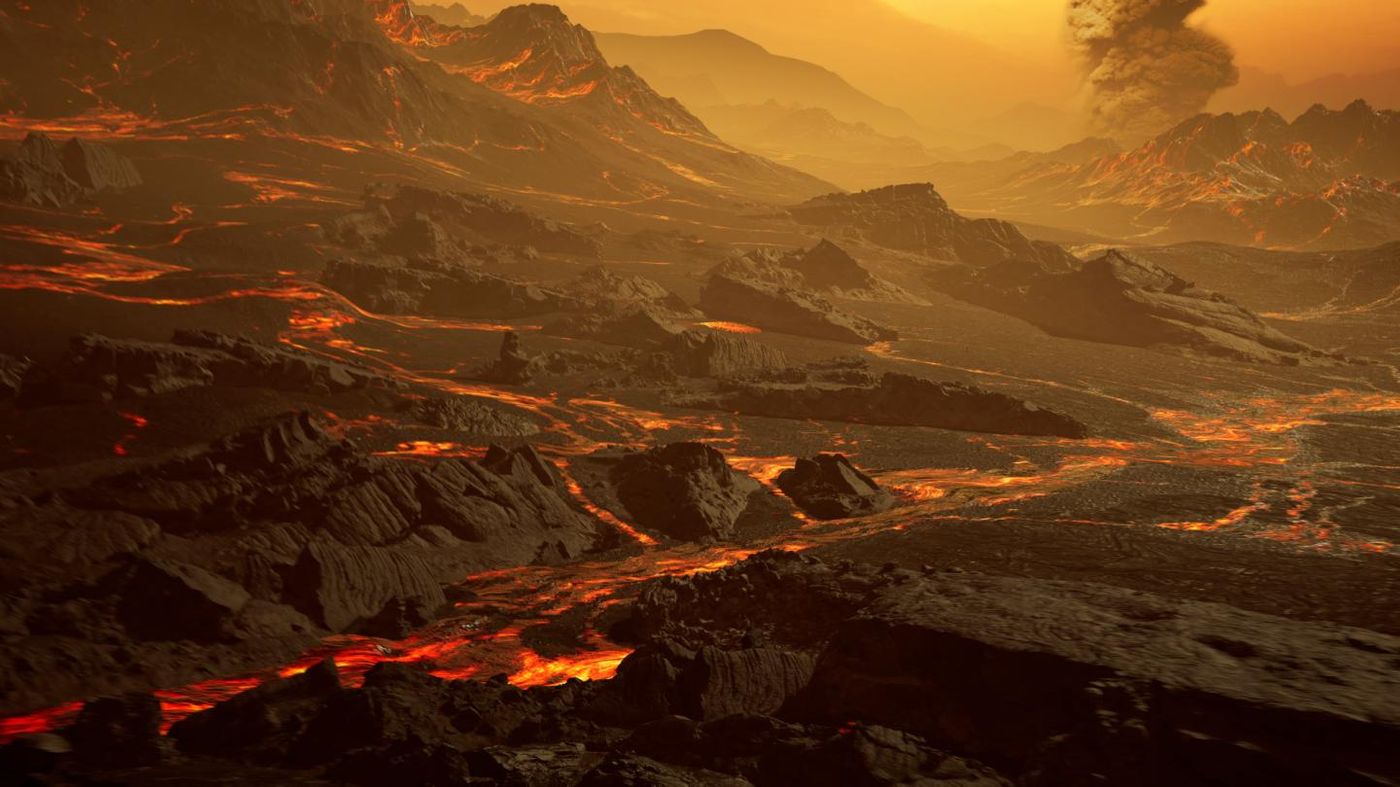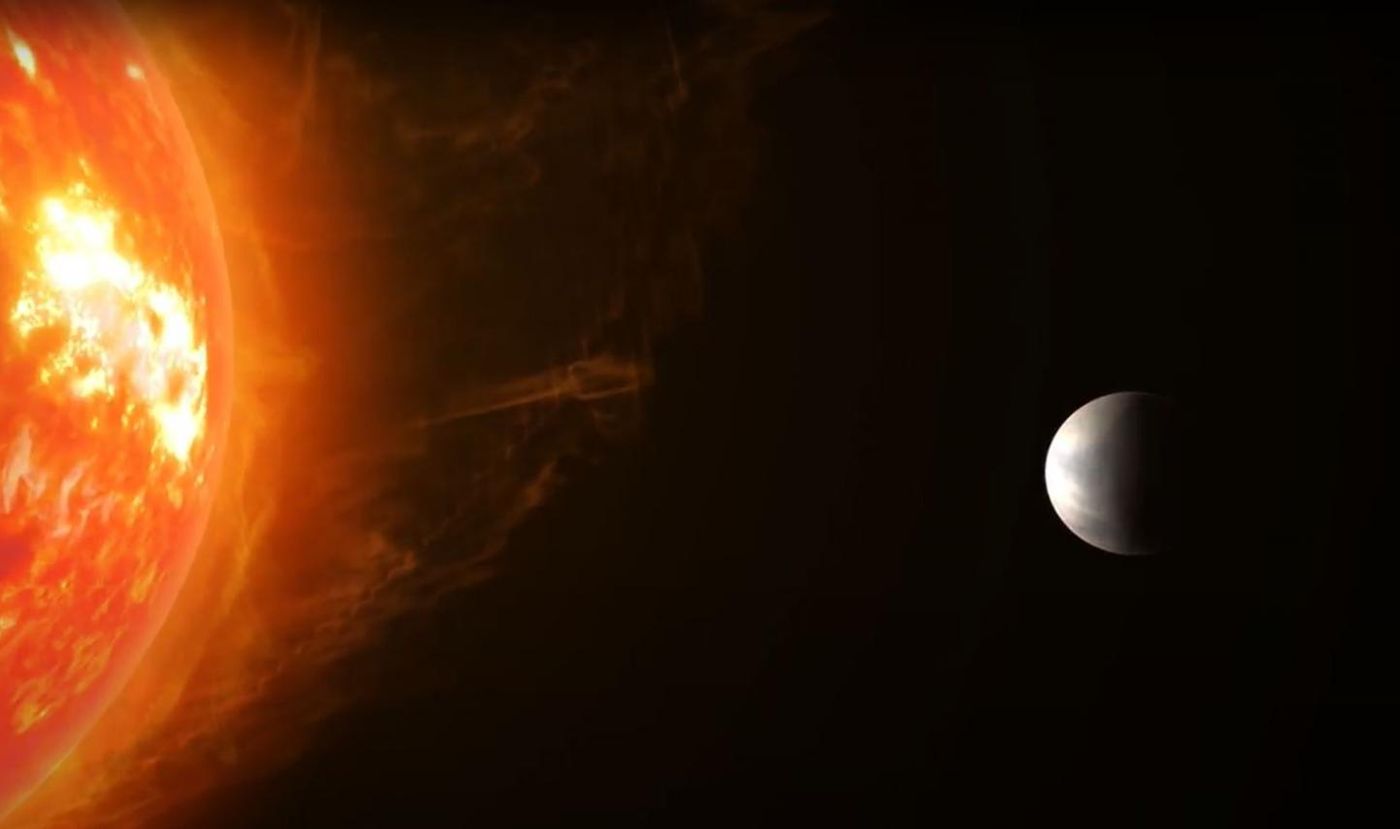Earth's Hot Neighbor Is the Stuff of Astronomers' Dreams
Astronomers have discovered a scorching, rocky planet that is outside of our solar system, presenting an intriguing research opportunity. This 'super-Earth' is about 30 percent bigger than our planet and is named Gliese 486b (pronounced Glee-seh). It orbits a red dwarf star about 26 light-years away, making it a close neighbor by galactic standards. It's hot enough to melt lead on the planet's surface, with temperatures estimated to be about 430 degrees Celsius (806 degrees Fahrenheit). While that's obviously too hot for us, it could help researchers determine whether planets like it can support life. The work has been reported in Science.
"This is the kind of planet we've been dreaming about for decades. We've known for a long time that rocky super-Earths must exist around the nearby stars, but we haven't had the technology to search for them until recently. This finding has the potential to transform our understanding of planetary atmospheres," said study co-author Dr. Ben Montet, an astronomer and Scientia Lecturer at the University of New South Wales Science.
This planet is special because it's so hot that its atmosphere puffs out, so astronomers can take atmospheric measurements. And Gliese 486b is a transiting planet, meaning from our perspective, it crosses over its star, so it's possible to perform an in-depth analysis of its atmosphere with tools called transmission spectroscopy and emission spectroscopy.
"Understanding super-Earths is challenging because we don't have any examples in our backyard," said Dr. Montet. "Gliese 486b is the type of planet we'll be studying for the next 20 years."
If a planet lacks an atmosphere, it could indicate that a nearby star is volatile. A healthy atmosphere, on the other hand, may suggest that life can survive in a stable environment. Either way, astronomers can learn more about how planets form.
"We think Gliese 486b could have kept a part of its original atmosphere, despite being so close to its red dwarf star," noted Montet.
Solar storms also occur on Gliese 486b. "The impacts could be as innocuous as beautiful aurorae covering the sky, or they could completely wipe out electromagnetic systems," said Montet.
"The gravity is also 70 percent stronger than on Earth, making it harder to walk and jump. Someone who weighed 50 kilograms on Earth would feel like they weighed 85 kilograms on Gliese 486b."
While most - about 70 percent - of stars are thought to be red dwarfs, they are more likely to have rocky planets than stars like our Sun. But Montet noted that while life may be found around red dwarfs, their high rate of stellar activity of these stars could destroy any close planet's atmosphere.
This work involved a large team of people, including a citizen astronomer who lives in Perth named Thiam-Guan (TG) Tan. He observed a transit of Gliese 486b and has helped discover over 70 planets with this observatory.
"I built my observatory more than 10 years ago to see if I could participate in the search for planets," said Tan. "It has been very satisfying to be able to confirm that a bloke in a backyard can contribute to significant discoveries, such as Gliese 486b."
"TESS is producing all of this data, but it's more information than any person or group can look at. Citizen scientists have an opportunity to get involved in testing astronomical data, whether it's confirming a planet sighting or looking for transiting planets. These kinds of collaborations between professional and amateur astronomers are really helping advance the scientific field," said Montet.
Learn more at the Planet Hunters website. Only two months after TESS produces new data, it's released to the public.
"The easiest way to get involved is to create an account and start looking at TESS data," he said. "You don't even need a fancy telescope. Who knows; you might even be able to find the next Earth-sized planet."
Sources: AAAS/Eurekalert! via University of New South Wales, Science










